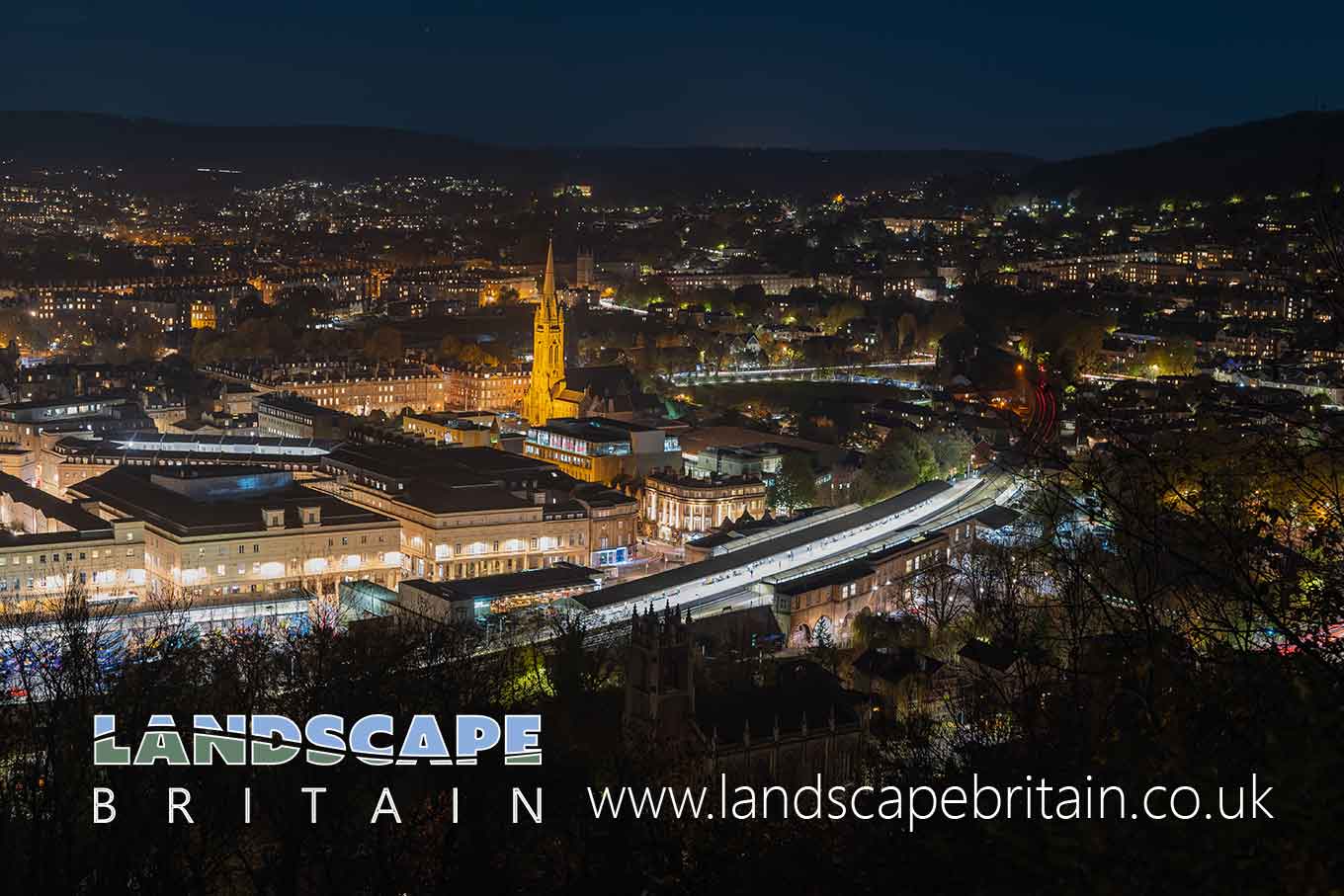
Bath
Bath
Bath is a city in Somerset, England. It was made popular by the Romans when they found hot springs here and built baths on top of them. Today, Bath is known for its historical sites dating back to Roman times.
The Roman Baths
The Roman Baths in Bath, Somerset are a large Roman ruin that was once a place where people would go to wash themselves. The baths have been kept as close to how they were left at the time of the fall of the Roman Empire as possible. However, during this time, there wasn’t much regard for who or what stayed intact. There’s evidence of mosaics being burned to make room for people to walk and statues were melted down in order to make coins because copper was worth more than gold at the time. Bath is one of the very few Roman sites where you can see how the building looked before it fell into disrepair.
The Pump Room
The Pump Room is still standing and gives visitors a peek at how people would come together to socialize as well as taste the ‘pure’ waters. There are fountains on either side of the room with one for men and one for women where you could once taste the city’s spa water. The water became popular because it was thought tohave healing properties. There are also some Roman baths that you can look into to see how the mineral water would once come up from underneath the ground.
Roman History in Somerset
Bath is filled with Roman history, but it’s only one part of a large picture of this area during Roman times. A town called Batheaston used to be a Roman settlement and is named after the goddess of the River Avon, Bath. There are several other towns in Somerset with a Romanesque influence including Bathampton, Clutton, Evercreech, Langport, Midsomer Norton , Paultons (or Peytointun), Shepton Mallet , Spaxton and Ubley.
Bath has an estimated population of 87,000 people. About half of the total land area is green space with 21 public parks or gardens that are open to the public. There are also another 39 areas that are set aside as nature reserves where access by the public can be regulated or restricted. The most frequented park in Bath is Queen’s Square witharound 4 million visitors a year.
Bath has 39 primary schools and 8 secondary schools. It is home to the University of Bath, part of the Russell Group of research intensive universities along with Bristol, Cardiff, Exeter, Glasgow and Edinburgh. The university was established in 1966 and rose from mergers between Bath Teacher Training College (founded 1852) and Bath College of Higher Education (founded 1920).
One famous site in Bath is the Royal Crescent which consists of 30 terraced houses that were built by John Wood the Elder between 1767-1774. They are considered some of Britain’s finest examples of classical architecture.
Created: 27 August 2021 Edited: 29 November 2023
Bath
Shopping in Bath
Weston Lock Retail Park Locksbrook, Bath
Weston Lock Retail Park retail park
Bear Flat Bath, Bath and North East Somerset
Bear Flat retail park
Widcombe Parade Widcombe, Bath
Widcombe Parade retail park
Chelsea Road Shops Locksbrook, Bath
Chelsea Road Shops retail park
Bath Plaza Village of Bath, Town of Bath
Bath Plaza retail park
Mero Retail Park Locksbrook, Bath
Mero Retail Park retail park
Co-op Food Saint Saviour's Road, Larkhall
Co-op Food supermarket
Lidl Lower Bristol Road, Locksbrook
Lidl supermarket
Spar 6, Chelsea Road
Spar supermarket
Waitrose Northgate Street, Kingsmead
Waitrose supermarket
Tesco Express Marsden Road, Kingsway
Tesco Express supermarket
Co-op Food 110, Mount Road
Co-op Food supermarket
Sainsbury's Green Park Road, Kingsmead
Sainsbury's supermarket
Co-op The Avenue, Combe Down
Co-op supermarket
Co-op Food 3A, Julian Road
Co-op Food supermarket
Tesco Express Wellsway, Bear Flat
Tesco Express supermarket
Local History around Bath
There are some historic monuments around including:
Bath City WallsRoman camp 405m west of The BungalowPart of the linear boundary known as the Wansdyke 285m north west of Manor FarmThe Falconry, Farleigh HungerfordWansdyke: section 1230yds (1120m) eastwards from Burnt House InnBowl barrow 150m NNW of Abbey FarmLansdown campSir Bevil Grenville's MonumentThe Roman Baths and site of Roman town, BathPart of the linear boundary known as the Wansdyke 420m south west of Barrowmead CottageDundas aqueductCulverhay CastlePart of a Roman road 565m north of Abbey FarmStoney Littleton long barrowMurhill tramway and wharfMulti-span bridge called Bathford BridgeLimpley Stoke Bridge (or Stokeford Bridge)Large univallate hillfort with a bowl barrow and pillow mounds 970m west of The BungalowSlight univallate hillfort called Bathampton CampRomano-British settlement E of Sir Bevil Granville's MonumentTwo round barrows N of Blathwayt ArmsHinton PrioryLock Up, Mill LanePart of a linear boundary 590m north of Noade's Leaze FarmThe Eastgate, BathSlight univallate hillfort 190m north west of WestleighRoman villa at Upper HayesSite of correrie or lower house to Hinton Priory.Wildlife in and Around Bath
Birds found in Bath
There have been 176 species of birds recorded in the bath area.
| Barn Owl (Tyto alba) |
| Black Redstart (Phoenicurus ochruros) |
| Black-Headed Gull (Chroicocephalus ridibundus) |
| Blackbird (Turdus merula) |
| Blue Tit (Cyanistes caeruleus) |
| Bittern (Botaurus stellaris) |
| Black Tern (Chlidonias niger) |
| Black-winged Red Bishop (Euplectes hordeaceus) |
| Blackcap (Sylvia atricapilla) |
| Brambling (Fringilla montifringilla) |





